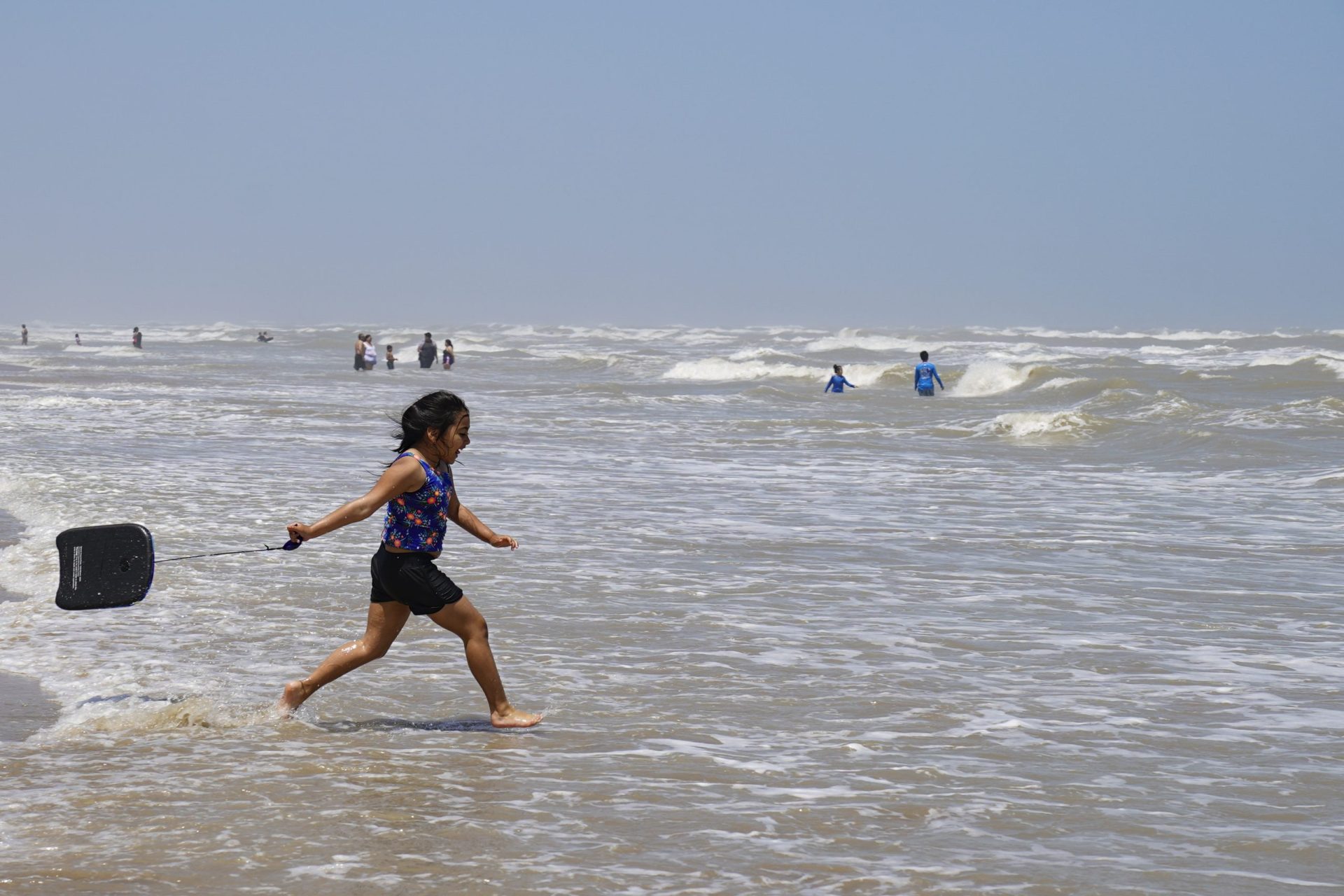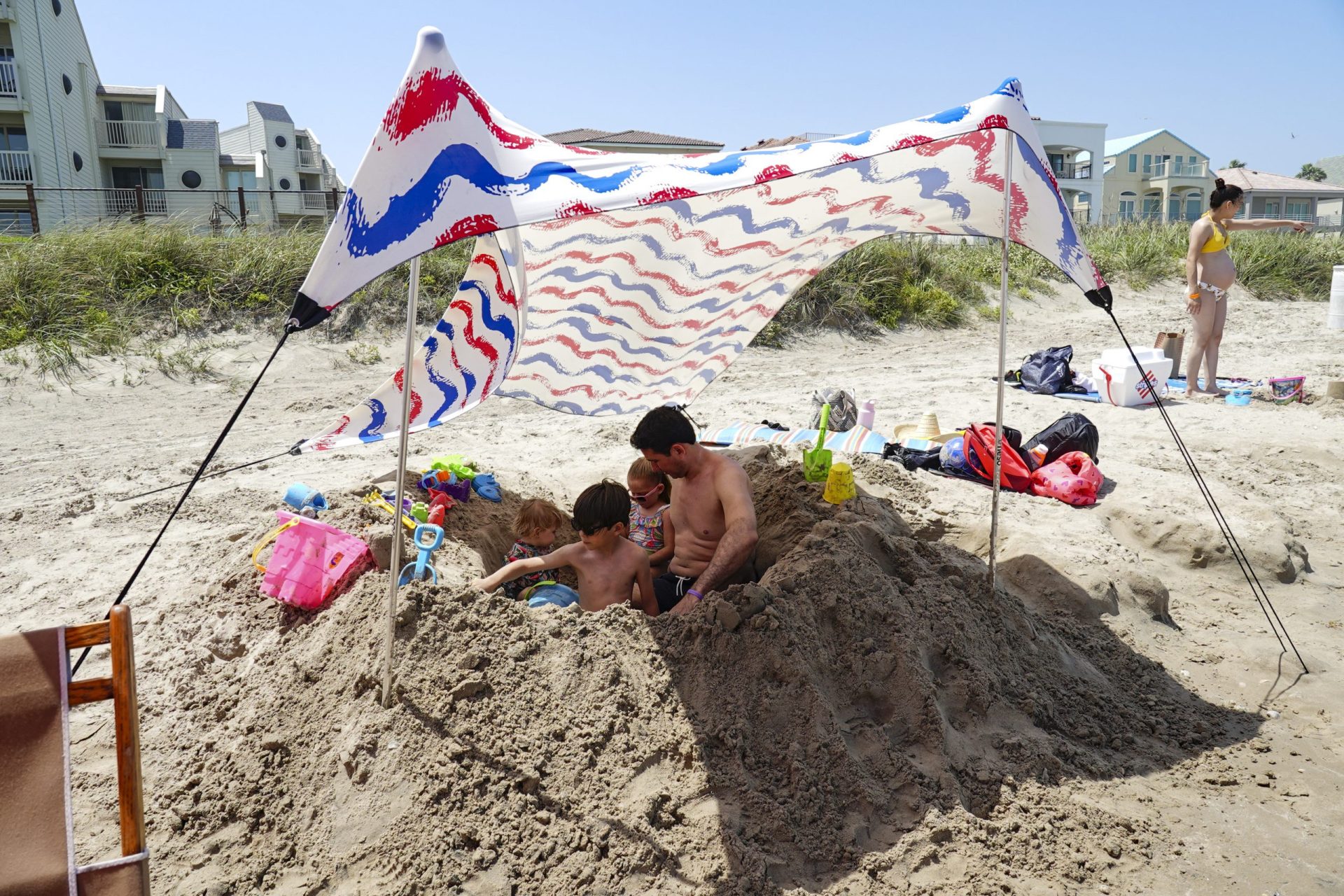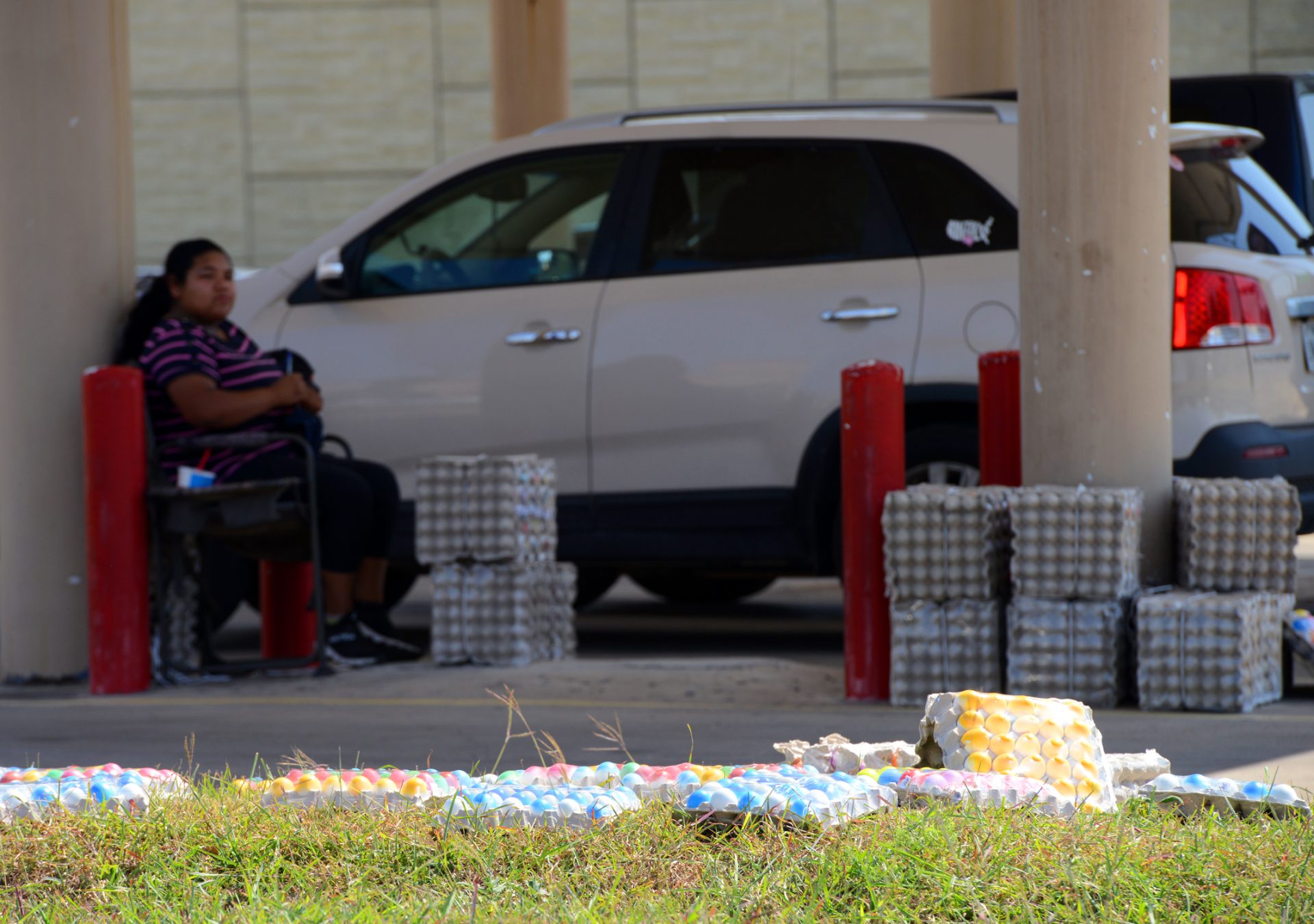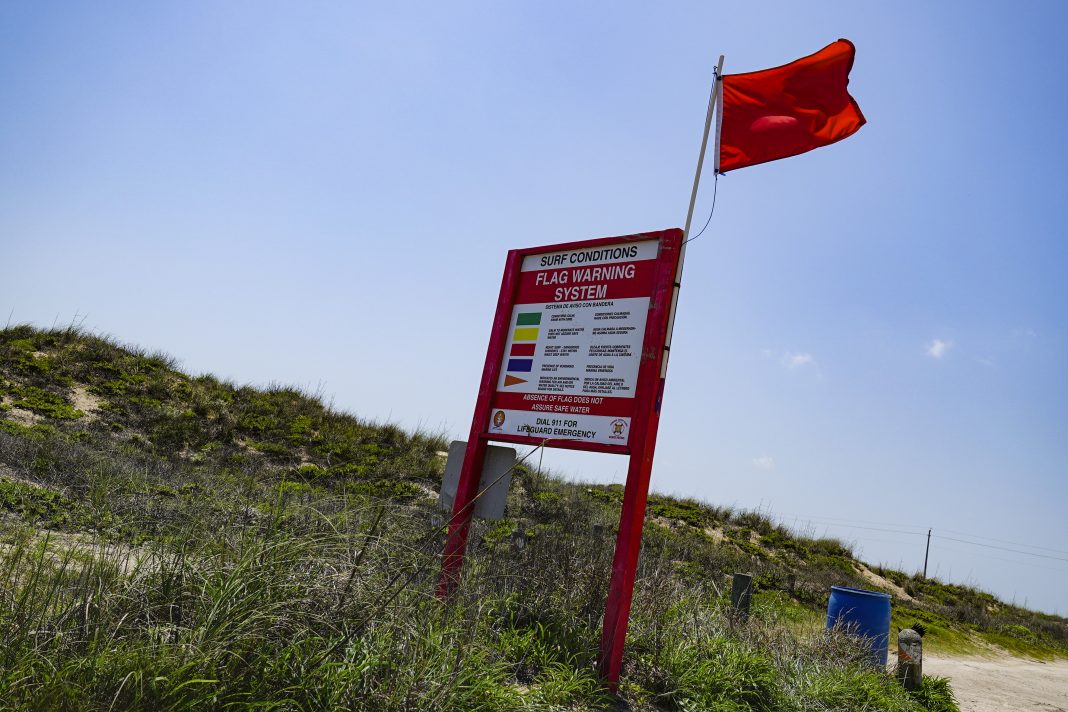Sometimes, oddly enough, a cold front can make it hotter, at least for a little while.
Witness the extreme heat spike on April 7, when seemingly out of nowhere the Rio Grande Valley got socked — 109 degrees in McAllen, 105 in Harlingen, 104 in Brownsville. But it didn’t last. Almost no sooner had the mercury peaked so ridiculously, the wind changed direction and started blowing hard from the north, filling the air with dust and plastic bags.
The temperature plunged 10 degrees within as many minutes and by midnight was down into the low 60s to high 50s in parts of the Valley.
A similar phenomenon appeared to be shaping up Wednesday, though not as dramatically, with record highs again expected briefly in late afternoon followed by a substantial temperature drop, a northerly wind shift and the low 70s forecast for Thursday’s early morning hours.

David Reese, forecaster with the National Weather Service Brownsville-Rio Grande Valley station, explained what’s happening.
“Essentially what we have going on is a little bit of compressional heating,” he said. “As we have a cold front coming in from the northwest, sometimes the air out ahead of it and immediately behind it can get compressed so much that it actually helps heat things up quite a bit.”
It requires very dry air, Reese said.
“Typically we have a dry line move out ahead of the front, and that also helps heat things up because the drier air is able to heat up faster,” he said.
Plenty of sunshine contributes to the ideal conditions, Reese said.
“If you want to see possible record-breaking heat, get a dry cold front, no rain, dry line out ahead of it to help dry things out, and then some compressional heating, and then some really warm temperatures aloft,” he said.

As of 6 a.m. Wednesday morning in the Lower Valley, the air temperature 4,500 feet about the ground was 75 degrees, Reese said. That’s really warm air aloft and contributed to the forecast for another record breaker Wednesday afternoon.
“That just really helps to ramp things up,” he said. “Most of the time here, at least in the Brownsville-Harlingen area, we do have an easterly to southeasterly breeze. So most of the time we do have some kind of moderating influence from the Gulf of Mexico, but once we start to see those winds come out of the west, southwest, west to northwest, that can really ramp up temperatures in a hurry here.”
The weakening storms that moved into the Lower Valley from Mexico Tuesday night brought a small amount of rain, welcome nonetheless, but aren’t likely to enjoy a sequel anytime soon, Reese said. Rain chances are sparse for the rest of this week, though there’s a slightly better chance next week, he said.
“We are starting to get into that season where cold fronts pick up a little bit of moisture as they try to head south but not a whole lot,” he said.
In general, spring 2022 in South Texas is shaping up the way the Climate Prediction Center and the NWS thought it would — hotter and drier than usual, Reese said. Across the Valley temperatures are 2 degrees or so above normal, while rainfall is indeed below normal, he said.

Thanks to an extremely dry April, “fire conditions are still our biggest concern for the foreseeable future,” Reese said.
While Cameron County is not currently experiencing drought thanks to the generous amounts of rainfall in January and February, things are drier the farther you go up the Valley, which is normal, and it’s just a matter of time for the Lower Valley. Abnormally dry conditions currently begin west of Harlingen toward La Feria, Weslaco and the boundary between Cameron and Hidalgo counties, Reese said. The next stop is moderate drought.
“Once you start getting up west of Edinburg-McAllen, that’s when you start getting into the moderate drought,” Reese said. “I think we do have severe to extreme drought in parts of Brooks County, Jim Hogg (County). All of Zapata (County) is in extreme drought, and the western half of Starr County.
“The general trend over the past couple of weeks has been for the drought to inch closer and closer to the coast. So we can likely see drought conditions worsen if we don’t see any appreciable rain in the next couple of weeks.”




